Course Descriptions

This course covers bipolar and complementary metal oxide semiconductor (CMOS) amplifier design, including frequency response, noise, feedback, stability, and compensation. Operational amplifiers, bandgap reference circuits, oscillators, and phase lock loops are analyzed. Both analytic and SPICE circuit design methods are developed. Spring.
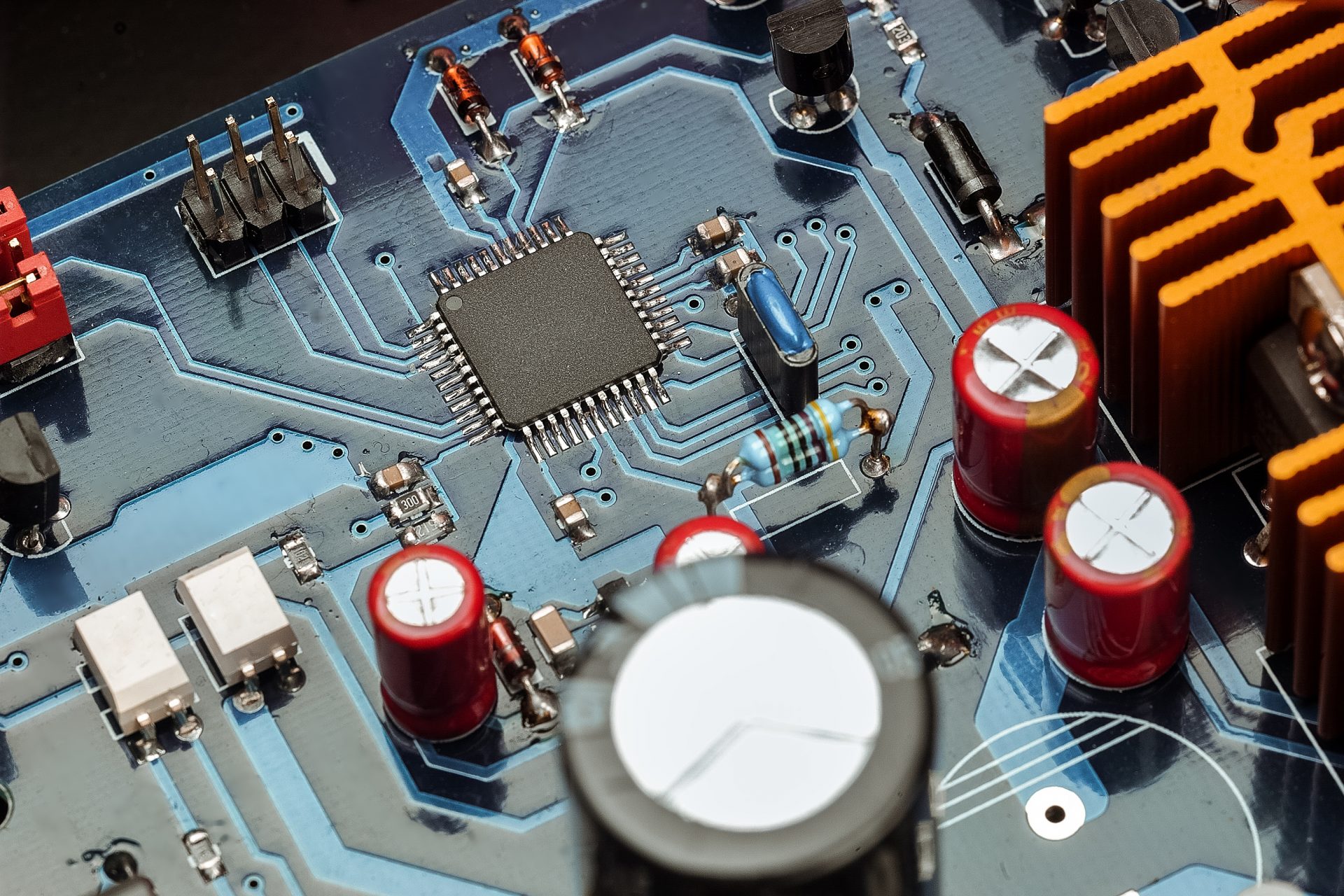
This course introduces the students to the principles of integrated circuit fabrication. Photolithography, impurity deposition and redistribution, metal deposition and definition, and other topics. Students will fabricate a 5000 transistor CMOS LSI circuit. Fall.

In this course, Maxwell's equations are applied to practical problems encountered in the design of digital electronics, communications networks, and photonics. With currents and charges as the sources of electromagnetic fields, the solutions to Maxwell's equations are pursued, subject to boundary conditions, using vector calculus, Green's function techniques and numerical simulation. The analysis of scattering of fields at normal and oblique incidence from dielectric and metal interfaces and inhomogeneous media (particles) including polarization effects provides insight into the design of devices. Subsequently, devices such as lossless and lossy transmission lines, strip-lines, metal and dielectric waveguides and cavities, optical fiber, antennas ranging from infinitesimal to linear (narrowband) to bi-conical (broadband) geometries, photonic devices such as dielectric mirrors and Fabry Perot resonators are all analyzed and strategies for their design are offered. Some of the tools the student will exercise include Smith Charts, numerical simulation, modal analysis, Bode-Fano criterion, and impedance matching techniques including quarter wave, binomial, Chebyshev transformers, single and double stub tuning. Techniques for characterization using scattering parameters will be illustrated, and the estimation of input and output scattering coefficients will also be described. This class is intended for advanced undergraduates and graduate students. Spring.
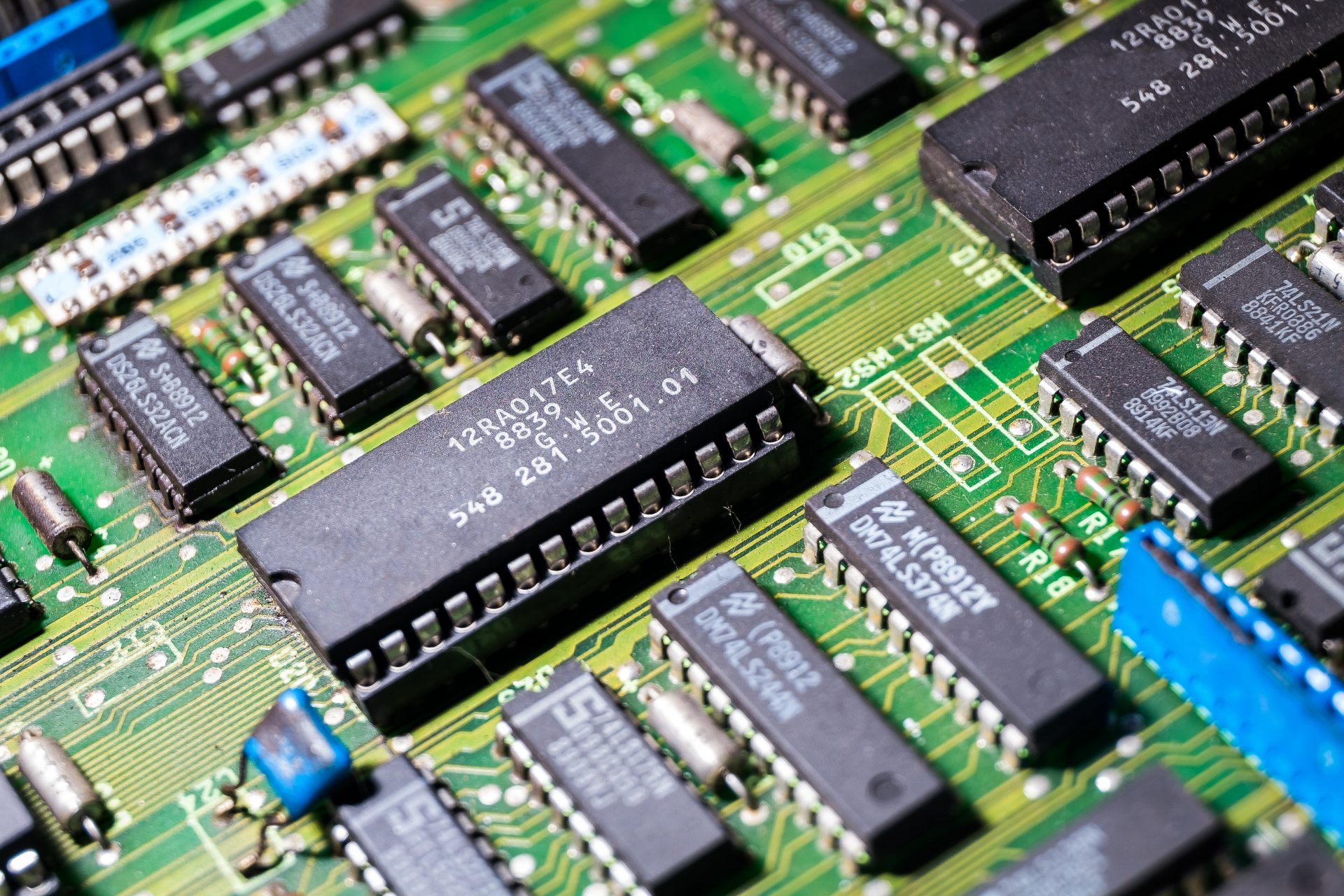
State variable descriptions of linear dynamical systems. Solution of state equations for continuous-time and discrete-time systems. Input-output descriptions: impulse response and transfer function. Controllability, observability, canonical forms, stability. Realizations of input-output descriptions. State feedback and state observers. Polynomial matrix and matrix fraction descriptions of linear, time- invariant systems. Fall.
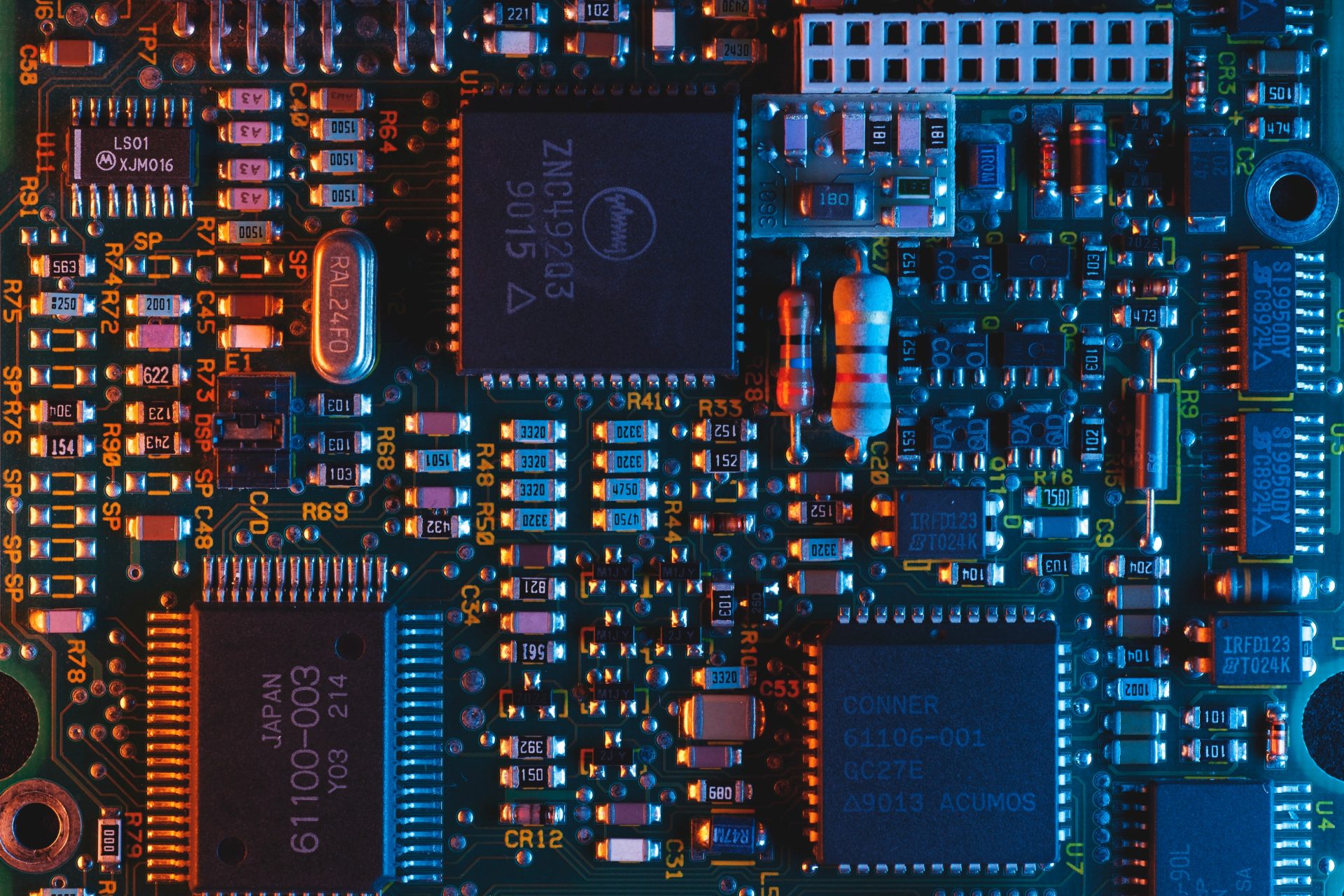
Theory of constrained optimization complemented by comprehensive computing exercises. Linear programming and convexity. Simplex algorithm. Optimality conditions for nonlinear optimization. Convergence of algorithms. Interior point methods in linear programming. Alternate spring.
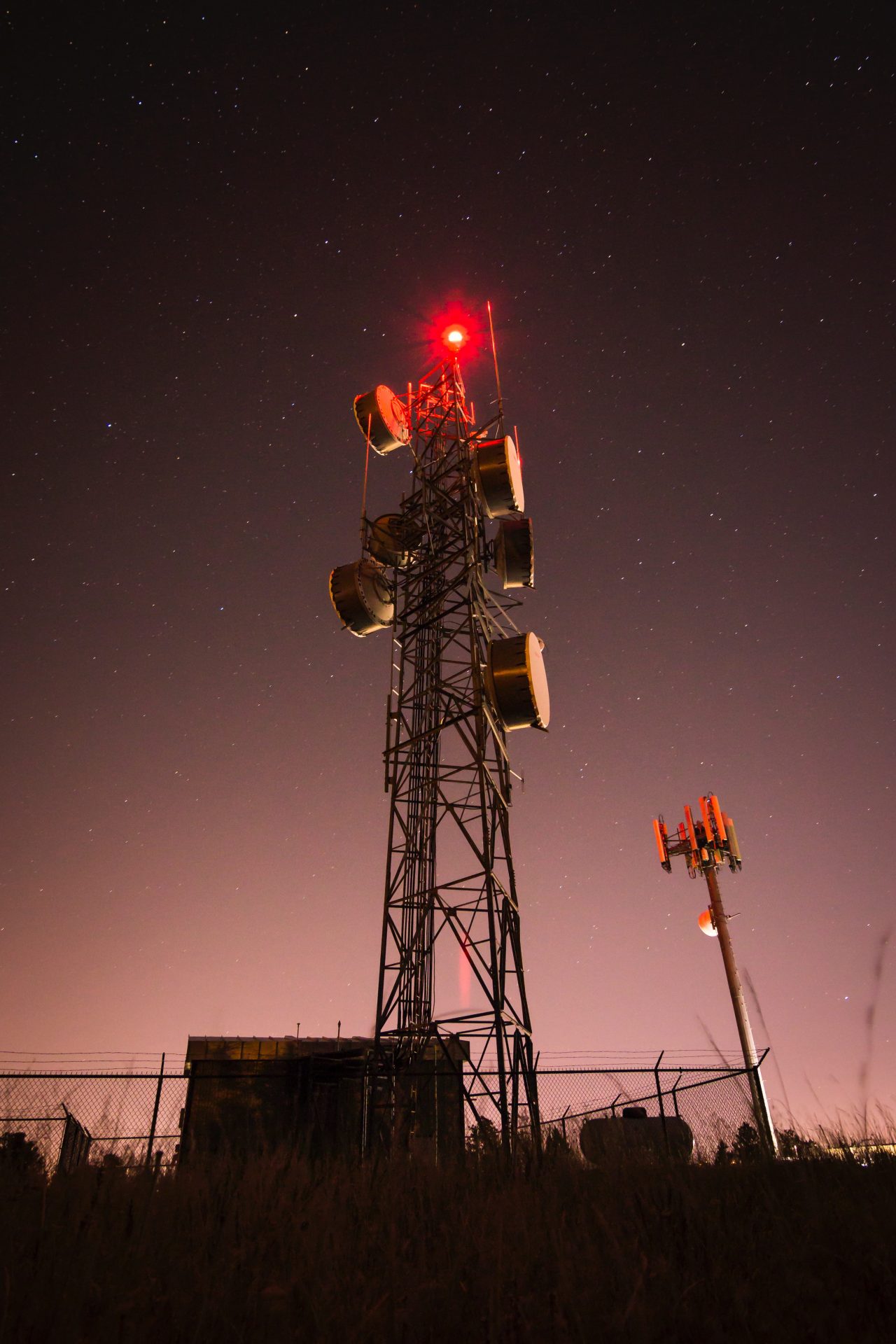
Review of the signal space approach to communication theory and the derivation of optimum receiver principles. Intersymbol interference and equalization. Modulation and coding for fading and wireless channels. Introduction to spread spectrum communication and digital cellular systems. Spring.
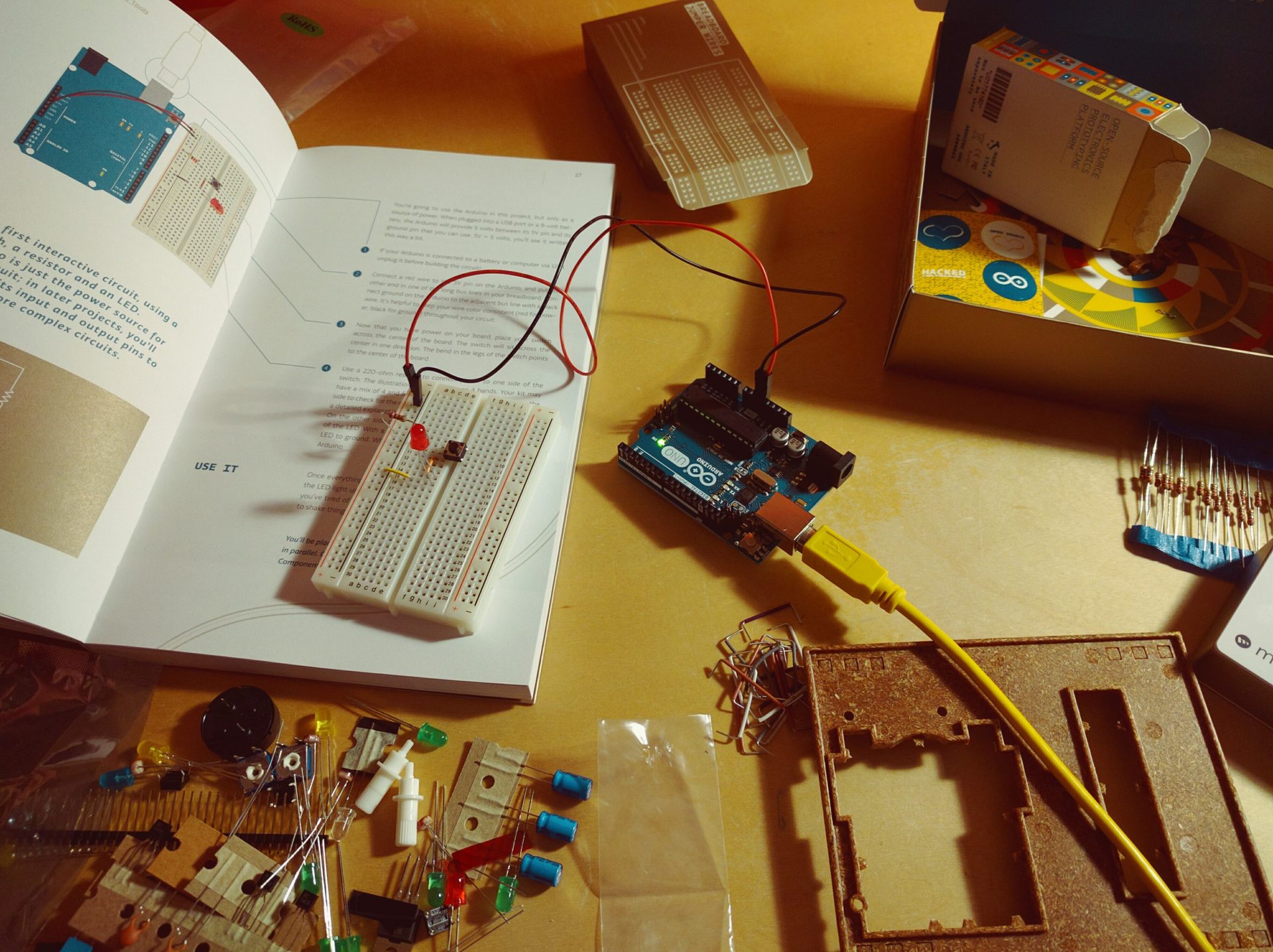
Introduction to queuing systems. Network design for centralized and distributed networks. Routing and flow control algorithms. Polling and random access protocols, packet radio, satellite networks, and local area networks. Fall.
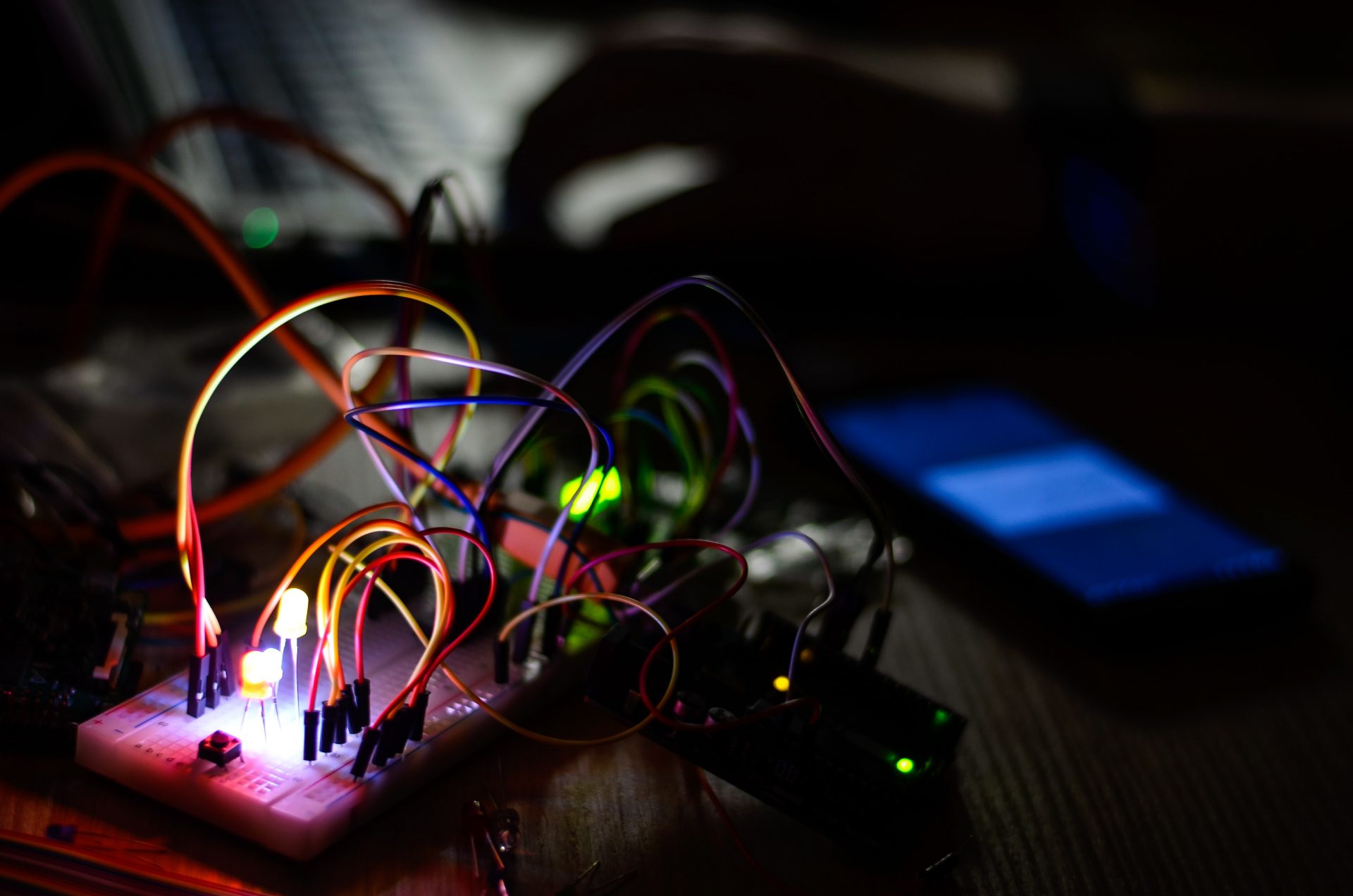
This course studies the design of robust optimal controllers for linear continuous-time systems. Topics include: normal linear signal/system spaces, matrix fraction descriptions, internal stability, uncertain systems, robust stability, robust performance, SISO/MIMO loopshaping, linear fractional transformations and the generalized regulator problem, H2/H-infinity optimal control, algebraic Riccati equation, and balanced model reductions. Fall.

Treatment of the basic principles of solids. Topics include periodic structures, lattice waves, electron states, static and dynamic properties of solids, electron-electron interaction transport, and optical properties. Fall.

This course is an introduction to microwave circuit design and analysis techniques, with particular emphasis on applications for modern microwave communication and sensing systems. An integrated laboratory experience provides exposure to fundamental measurement techniques for device and circuit characterization at microwave frequencies. Students will develop an enhanced understanding of circuit design and analysis principles as applied to modern microwave circuits, as well as become familiar with design techniques for both hand analysis and computer-aided design. An appreciation for basic measurement techniques for characterization of microwave devices, circuits and systems through laboratory experiments will also be developed. Fall.
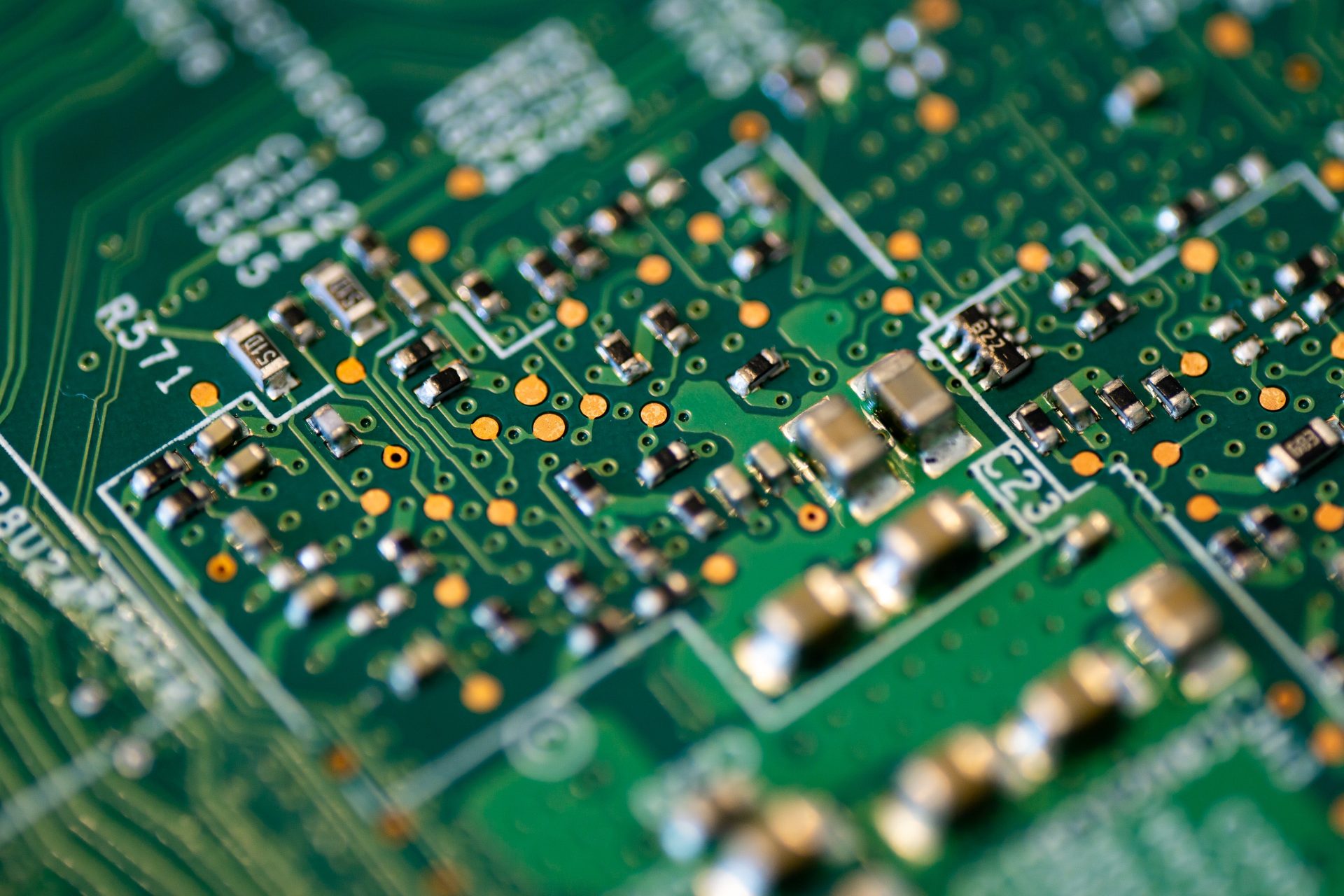
Fundamentals of probability, random variables, and detection and estimation theory for signal processing, communications, and control. Vector spaces of random variables. Bayesian and Neyman- Pearson hypothesis testing. Bayesian and maximum likelihood estimation. Minimum-variance unbiased estimators and the Cramer-Rao bounds. Fall.

Optimal control is concerned with the synthesis of feedback control laws that minimize some specified measure of control system performance. This course is a rigorous introduction to the classical theory of optimal control. The topics covered by this course include: 1) the calculus of variations, 2) Pontryagin's principle, 3) dynamic programming, and 4) stochastic dynamic programming. Fall.

Principles of parameter detection and estimation with applications to engineering and statistics. Characteristics of good estimators such as unbiasedness, minimum mean-square error, and minimum probability of error. Confidence intervals of estimators and applications of the central limit theorem to facilitate such characterization of estimators. Hypothesis testing, likelihood ratio tests, Bayesian, minimax, and Neyman-Pearson optimality theory. Kalman and Wiener filtering and prediction. Spring.

This course studies the analysis and design of nonlinear feedback control systems. Topics include: Lyapunov stability, Input-Output Stability of Perturbed Systems, Model-reference adaptive control, sliding mode control, Lyapunov redesign methods, back stepping, and feedback linearization. Alternate Fall.

In this course an introduction to several advanced topics in the control of systems is presented. Topics include modeling and identification, optimal control, nonlinear, adaptive, networked control and topics from switched control systems. Spring.

This course covers advanced topics of digital filter design, finite word-length effects, multi-rate digital signal processing, and select topics of adaptive digital filters and spectrum analysis. Fall.

Robotics is concerned with the design, construction, operation, and use of robots, as well as computer systems for their control, sensory feedback, and information processing. This course is a rigorous introduction to the classical theory of robotics. The topics covered in this course include kinematics, dynamics and feedback control, motion planning, trajectory optimization, SLAM, decision theory and task planning.

The goal of this seminar is to give first-year graduate students interested in the "systems" aspects of electrical engineering insight into the research process. The first half of the course will include talks by Notre Dame faculty describing their ongoing and anticipated research projects; the second half of the course will give each student the opportunity to read research papers of current interest and summarize them for the rest of the class during in-class presentations. Required of all first year ECS students.

Principles of antenna theory for analysis, design, and measurement of classical antennas including linear dipoles, loops, arrays, broadband antennas, aperture antennas including horns, lenses, and dishes, as well as microstrip antennas. Antenna simulation will also be included in the course.

This is an introductory course in neural networks. It gives an introduction to basic neural network architectures and learning rules. Mathematical analysis of these networks, methods of training them, and their application to practical engineering problems are covered. A basic familiarity with linear algebra, probability, and differential equations is assumed.

This course outlines important research problems in intelligent e-transportation systems and provides insights into current and future opportunities in sustainable transportation. The interplay between electric drives, the environment, situational awareness and modern traffic infrastructure is explained and analyzed. The principle focus of the course is on energy efficiency and reduction of fossil fuel usage in modern transportation systems. Generally, methods to achieve the optimal usage of energy resources and the minimization of emissions are another focus of the class. A variety of different optimization problems are introduced that will be central to future transportation systems, especially autonomous vehicles. While particular emphasis will be modeling, analysis and design of modern transportation systems, the role networks and data play in intelligent transportation is also examined. In particular, the role and value of available real time traffic, weather and infrastructure information will be investigated. While all propulsion systems are considered, there is an emphasis on electric drive systems such as EVs and HEVs. Physics 1 & 2, Differential Equations, and UG control fundamentals is not a must but is very useful in this course. There is no final exam, only homework, presentations, and projects.

This course illustrates challenges and trade-offs involved in designing typical IoT sensors/energy harvesters. We will do an end-to-end system-level design of autonomous sensor systems using a few harvesting applications: motion, temperature, RF as examples. We will perform multi-physics design of piezoelectric and electromagnetic harvesters for vibration signals, thermo-electric generators for temperature sensing and RF-energy harvesters. The sensor design will be done in tandem with interface power-electric circuits which accomplish cold-startup, voltage conversion and regulation. Basic principles of operation of novel sensors, their equivalent circuit modeling and trade-offs involved in interface circuit-design will be learned. Hands-on demo sessions will also be part of the course to illustrate these example harvesting systems. The course requires basic exposure to circuit theory and partial differential equation as pre-/co-requisite: EE 60542-Analog Integrated Circuit Design.

A study of Shannon's measure of information to include: mutual information, entropy, and channel capacity; the noiseless source coding theorem; the noisy channel coding theorem; rate distortion theory and data compression; channel coding and random coding bounds. Alternate Fall.

Error control coding techniques for digital transmission and storage systems. Linear block codes, cyclic codes, BCH codes, and Reed-Solomon codes. Syndrome decoding. Convolutional codes, maximum likelihood decoding, maximum a posteriori probability decoding, and sequential decoding. Block and trellis coded modulation. Low density parity check codes and turbo codes. Applications to computer memories, data networks, space and satellite transmission, data modems. Fall.

Optimal control in the presence of process noise. Cost as a random variable. Minimizing average cost over many realizations of a process. Optimal control when the system will operate only a small number of times. Distribution of the cost. Description of stochastic cost by moments or by cumulants. Optimal stochastic control of cost cumulants. Application to the protection of buildings from earthquakes. Fall.

This course gives an introduction to stochastic geometry and spatial statistics and discusses applications in wireless networking, such as interference characterization, connectivity, and coverage. In the first part, topics include the description of point processes and an introduction to commonly used models, Laplace and probability generating functionals, moment measures, theory of marked point processes, and Palm theory. The second part covers branching processes, bond and site percolation, random geometric graphs and continuum percolation, and connectivity and coverage problems. Spring.

This course on advanced quantum mechanics will start with a review of basic quantum mechanics. The Dirac operator formalism will be developed and used for perturbation theory. Perturbation theory will be applied to light-matter interaction and transport problems ranging from drift-diffusion, tunneling, and ballistic transport. Green's function approaches will be introduced to understand open quantum systems, and in particular semiconductor devices. Going beyond the perturbation picture, field quantization and Feynman diagram approaches will be described for semiconductor phenomena involving excitons, polarons, polaritons, and similar field excitations. Electron-electron interaction effects, and metal-insulator transitions will be discussed as many-body problems. The course will end with a study of the increasingly important and relevant geometrical and topological aspects of semiconductor physics. The topics covered will be the manifestation of the geometric Berry phase in polar semiconductors, to Chern numbers and the quantum Hall effects. The natural extension to topological insulators, and the recent interest in Majorana Fermions will round off the course. Spring.

Many physical, biological, social and economic systems may be modeled as hybrid dynamical systems that include both time and event-driven dynamics. The course will introduce students to hybrid control systems including supervisory control of discrete event systems and switched control systems. Spring.

Cyber-Physical systems (CPSs) refer to computational systems that are integrated with physical processes. CPSs commonly exist in many real world applications such as embedded systems, robotics, manufacturing systems, automotive systems, traffic management, medical devices and have recently been at the center of intense research activity in the control theory, computer-aided verification, and artificial intelligence communities. This class aims to introduce students to this newly emerged multidisciplinary research area with major emphasis on building high confidence systems with real-time and concurrent behaviors. Started with basic formal verification of computational systems that can be modeled as finite state machines, this course will cover a number of advanced topics in the verification of CPSs, which include timed automated modeling and verification, bi-simulation, approximate bi- simulation, symbolic model checking, compositional model checking, hybrid programs and differential dynamic logic (if time permits).

This course is an advanced treatment of modern microwave power amplifier design theory and practice. Lecture will cover the current state-of-the-art including research literature with theoretical foundations presented as necessary for effective design. Homework assignments will be design oriented employing industry standard Keysight ADS CAD tools. The laboratory co-requisite will be for the fabrication and measurement of student designs. By the end of the course the students will be able to conceive of, design, simulate, fabricate and validate through laboratory measurement the most popular microwave power amplifiers in use today including conduction-mode and switch-mode amplifiers. They will also be able to go beyond common practice into current research topics including high-efficiency and high- linearity power amplifiers. This course has a strong hands-on laboratory component so students will become comfortable with microwave fabrication methods and best practice as well as standard and advanced measurement methods including advanced calibration methods and non-linear characterization. Fall.

This is a reading course designed to provide an introduction to the interdisciplinary field of Microwave Photonics as well as cover some of the high impact research literature in the field. The combination of microwaves and photonics has revolutionized certain aspects of broadband communications, radar systems and beamformers, high dynamic range and high speed data converters and more. This reading course will emphasize the performance limitations of classical systems and how they have been significantly advanced by microwave photonics. Fall.

The course will cover advanced topics in control and systems theory. The course requires active participation by students since it will take the form of a journal club. Fall.
